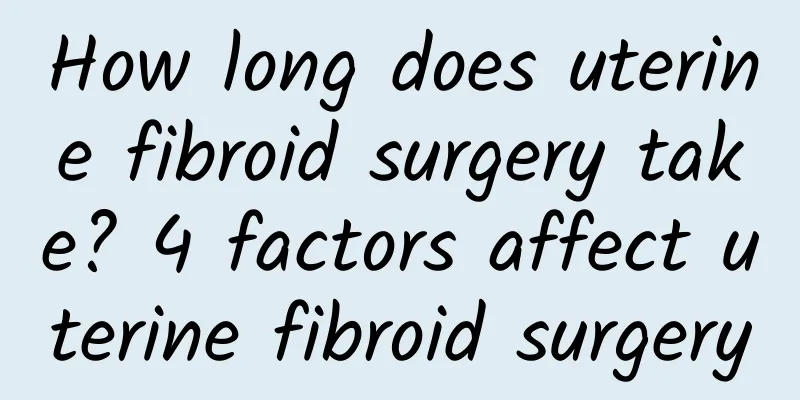What are the types of uterine fibroid degeneration?

|
Degeneration of uterine fibroids is actually some changes that occur during the growth of uterine fibroids, which may affect the nature and symptoms of the fibroids. Usually, uterine fibroids are benign, but in some cases, they may undergo degeneration. Understanding the types of degeneration of uterine fibroids can help better manage and treat this common gynecological problem. There are several main types of uterine fibroid degeneration. The first is hyaline degeneration, which is the most common type of degeneration, accounting for about 60% of all degenerations. In this case, the tissue of the fibroid becomes as transparent as glass and usually does not cause serious symptoms. The second type of degeneration is cystic degeneration, which is due to the accumulation of fluid inside the fibroid, forming a cystic structure. Although cystic degeneration does not usually pose a major threat to health, it may cause abdominal discomfort or pressure. Red degeneration is another type to watch out for, and it usually occurs during pregnancy or when hormone therapy is used. This degeneration can cause bleeding inside the fibroid, causing acute abdominal pain and fever. Fatty degeneration is an increase in fat cells in the fibroid tissue. This degeneration is rare, but it may affect the texture and appearance of the fibroid. Calcified degeneration refers to the deposition of calcium salts in the fibroid tissue, causing the fibroid to become hard. This condition is more common in postmenopausal women. Understanding these types of degeneration can help us identify the symptoms and changes of uterine fibroids and seek medical help in time. Each type of degeneration may show different symptoms and signs, and regular gynecological examinations are very important. For women with uterine fibroids, paying attention to their own physical changes and maintaining good living habits are important measures to manage and prevent fibroid degeneration. In daily life, maintaining a healthy diet and moderate exercise can help maintain hormone balance in the body, thereby reducing the risk of uterine fibroids degeneration. Regular health checks and communication with doctors are also important steps in preventing and managing uterine fibroids. By understanding the types and symptoms of uterine fibroid degeneration, we can better protect our health and take appropriate measures in time. I hope this information can bring you help and inspiration. |
<<: Tianqi Tongjing Capsule for the treatment of dysmenorrhea
>>: What to do if your menstrual period is long
Recommend
What should you pay attention to when you have pelvic peritonitis?
Nowadays, many people in society do not pay atten...
Can cervical precancerous lesions be treated after giving birth?
How to treat maternal cervical precancerous lesio...
Do you know what precautions to take after medical abortion?
What are the precautions after medical abortion? ...
What should I do if my menstrual flow is heavy after childbirth?
What should I do if my menstrual flow is heavy af...
Do not underestimate the symptoms of mild cervical erosion
Cervical erosion is classified according to the s...
Brief introduction: Symptoms of mild cervical erosion
In the process of cervical erosion, the condition...
Mild cervical erosion symptoms need careful observation
As long as cervical erosion can be detected in th...
Analysis of the main causes of pelvic inflammatory disease
According to recent survey statistics, the incide...
Can you lose weight by eating too much on a cheat day? Chinese medicine practitioners teach you 3 tips on eating whatever you want
Xiaoxuan went to a buffet with her friends on Sat...
Ovarian cysts usually cause lower abdominal discomfort
Ovarian cysts usually cause discomfort in the low...
The shrimp head turns black and is not fresh? Tips for choosing fresh shrimps 123
Steamed shrimps, pepper shrimps, garlic shrimps, ...
How much does congenital vaginal surgery cost?
My boyfriend thought I was conservative and unwil...
Can adnexitis cause constant abdominal pain?
Adnexitis may cause persistent abdominal pain, so...
Breast pain 14 days before menstruation
Breast pain 14 days before menstruation Breast pa...
Doctors challenge fat guy to lose weight! The doctor lost 17 kg, and the patient lost 20 kg, getting rid of the threat of severe fatty liver
Mr. Cai, 33, who lives in Taichung, has to social...









